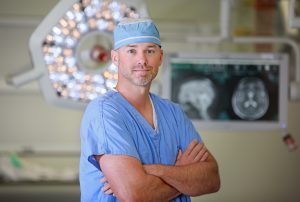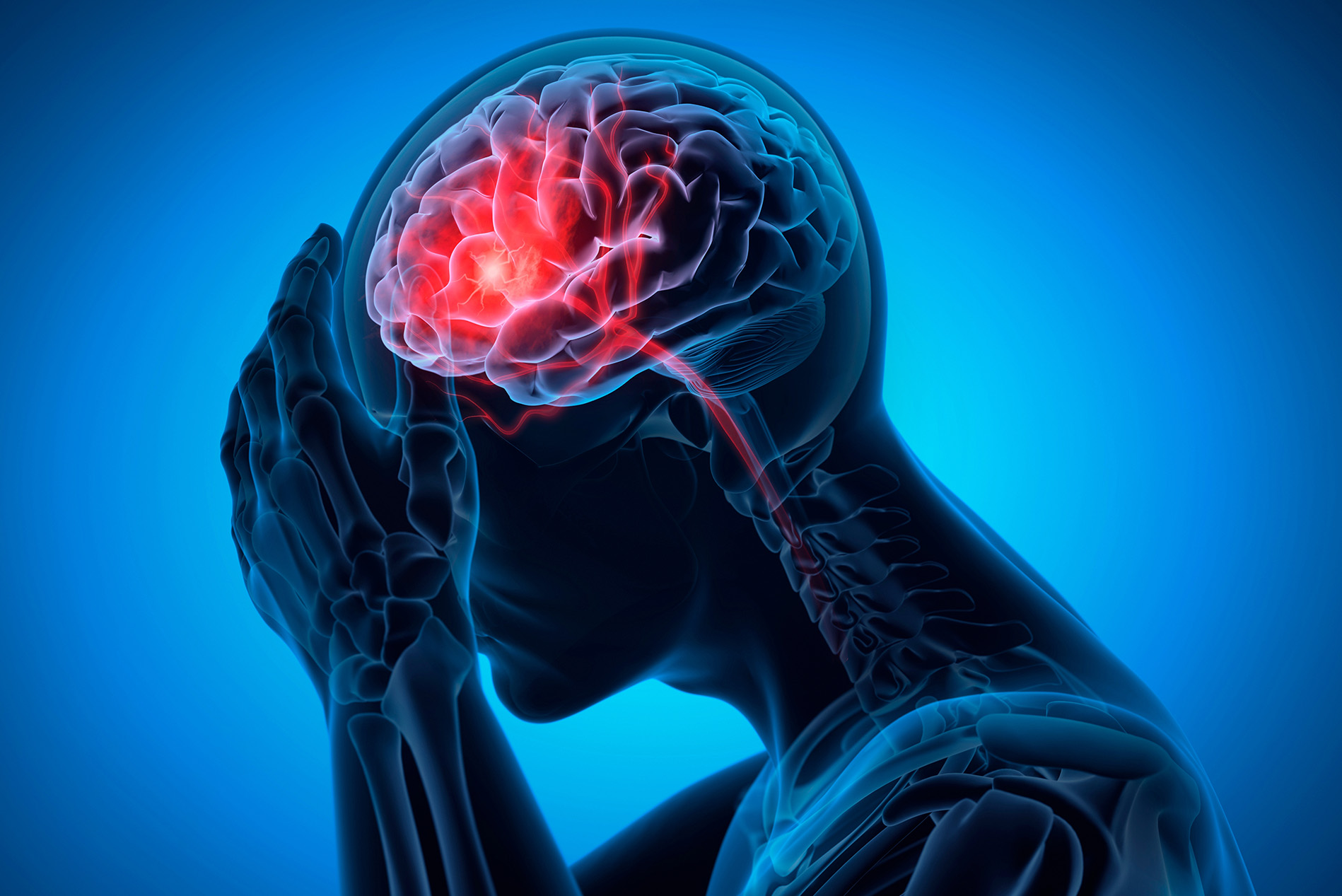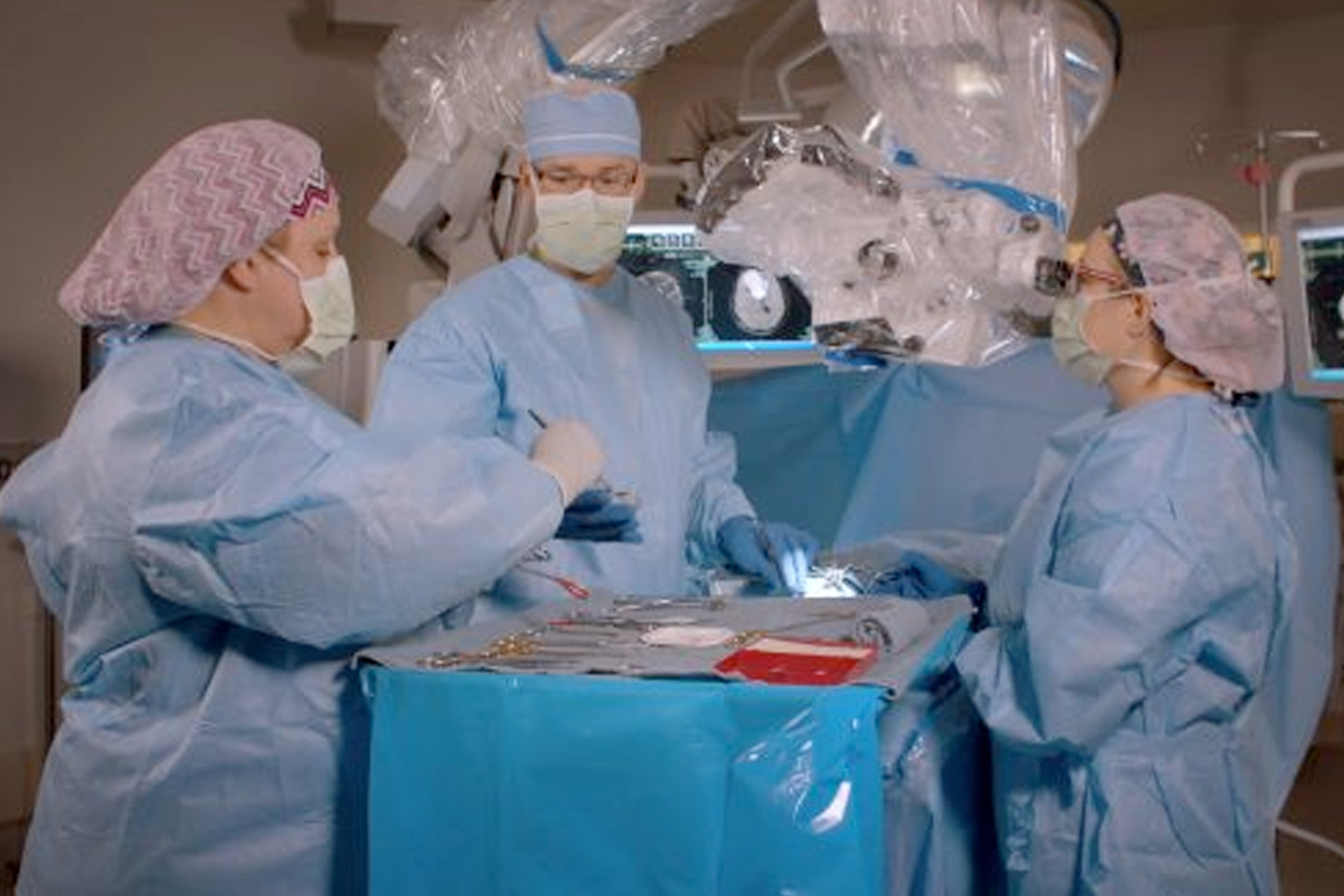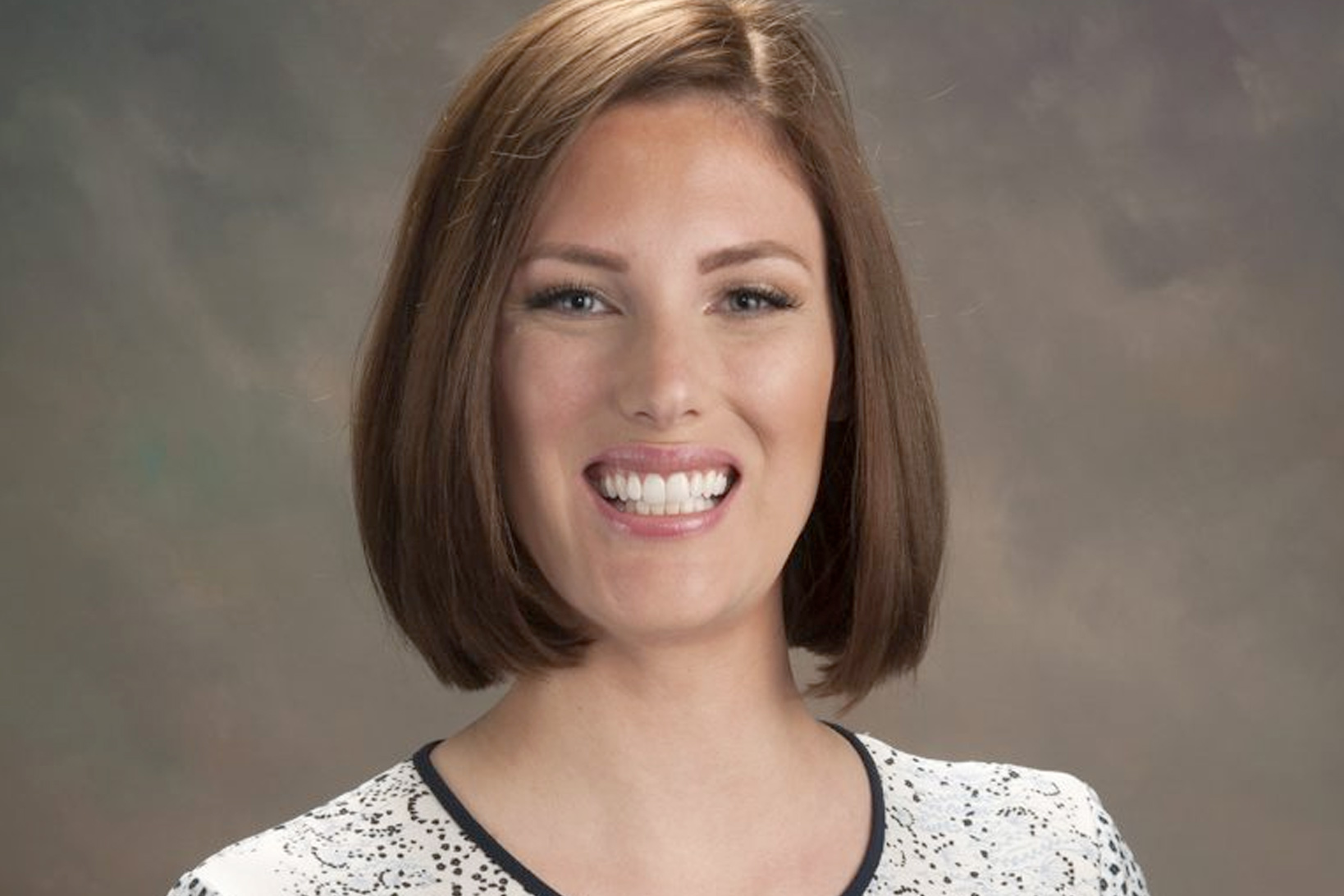Inside an operating room at Lexington Medical Center, Karen Adkins had surgery to remove a tumor from her brain – while she was wide awake.
As Johnathan A. Engh, MD, FAANS, of the Lexington Medical Center Brain Tumor Program worked to remove the astrocytoma invading the supportive tissue of her frontal lobe, Karen kept up a lively conversation with one of the nurses in the surgical suite.
“She asked me about my brothers and sister, where I grew up and what street I lived on,” Karen said. “She asked me to blink, move my face and stick out my tongue. We also talked about how we were both redheads.”
The procedure Karen was having is called an awake craniotomy, a type of surgery where a piece of the skull is temporarily removed to access the brain and then the patient is woken up during surgery.
When a tumor is near a part of the brain that controls critical functions such as speech, language or movement, an awake craniotomy is beneficial.
“While being kept comfortable, the patient can talk, move an extremity of interest, or name objects on a screen,” Dr. Engh said. “It allows the neurosurgeon to track the patient’s motor function and speech in real time during the operation.”
That helps doctors avoid hitting nerves that control key functions. The frontal lobe—where Karen’s tumor was located—controls speech and motor function. Damaging those nerves could lead to permanent disability.

Dr. Johnathan Engh
“Awake craniotomy allows us to work in functional regions of the brain while keeping track of the patient’s neurologic state. As a result, we can remove brain tumors that would otherwise not be safely removable,” he said.
And because brain tissue does not have pain fibers, patients don’t feel pain as doctors remove the tumor.
Awake craniotomy is one of the many surgeries performed in the Lexington Medical Center Brain Tumor Program. It’s something Karen needed after being diagnosed with a brain tumor in the summer of 2019.
The Diagnosis
Karen was a 49-year-old Irmo wife and mom who had just retired from a career in vocational rehabilitation. She enjoyed spending time kayaking on Lake Murray.
Karen had no idea a tumor was growing inside her brain until she suffered a seizure one night at home. Her husband Lee described what he saw.
“Her eyes were wide open. She was on her back and very limp,” he said. “That was extremely scary.”
Tests at Lexington Medical Center revealed a low-grade astrocytoma, a type of tumor that begins in cells called astrocytes that support nerve cells. Symptoms can include seizures, nausea and headaches.
“With a low-grade tumor, it’s very common for patients to suffer a seizure, but no other symptoms,” said Dr. Engh. “The brain is a complex circuit with billions of nerves that transmit signals to each other at different times. If something disrupts those connections—such as a fever, infection, or tumor—a seizure can occur.”
Dr. Engh was confident he could remove the whole tumor with an awake craniotomy.
“After Karen’s surgery, an MRI revealed the entire tumor was gone,” Dr. Engh said.
Brain Tumor Program
“The human brain is driven by trillions of electrical currents transmitted from specific areas to others at set times in order to create consciousness,” Dr. Engh said. “It’s estimated that the brain contains 100 billion neurons, cells that make up the electrical wires of the circuit. The number of connections between these wires is even greater.”
Despite this incredible complexity, the symptoms of brain tumors are often vague and non-specific. They include headache, confusion, weakness, changes in personality and seizures.

“With a multi-disciplinary team at Lexington Medical Center, the level of expertise and specialty is there for everything we need to do and to have all the pieces in place,” Dr. Engh said.
In fact, Dr. Engh has patients travel from around the country for him to operate on them at Lexington Medical Center. Patients have come from as far away as Washington.
Life After Brain Surgery
Karen has a new perspective after having a brain tumor.
“The three best days of my life were the day I got married, the day I had my son and the day I came out of brain surgery with Dr. Engh,” she said.
These days, Karen has routine visits with Dr. Engh to make sure her tumor is not trying to come back.
“Patient cooperation and commitment to care is so important,” said Dr. Engh. “Be willing to go to your doctor and have the appropriate scans and follow up.”
And she appreciates things more. She’s back in her kayak on Lake Murray, which Dr. Engh says is good medicine.
“The patients who do the best are the ones trying to live their lives to the fullest.”








Leave a comment